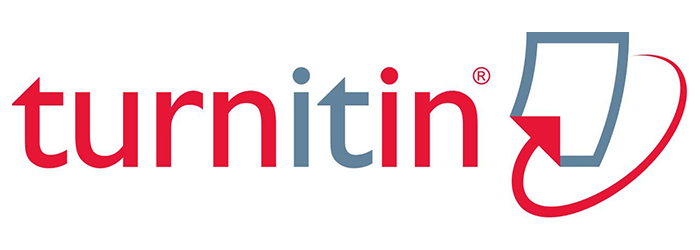Pengaruh Task Analysis untuk Meningkatkan Kemampuan Merawat Diri saat Menstruasi pada Siswa Tunagrahita di SLB C YKB Garut
 ),
), (1) Universitas Sebelas Maret
 Corresponding Author
Corresponding Author
Copyright (c) 2021 Jurnal Penelitian Pendidikan Khusus
DOI : https://doi.org/10.24036/juppekhu1143300.64
Abstract
Keywords
References
Fakhma, L., & Pamuji (2019). Penerapan Task Analysis dalam Pembelajaran Bina Diri Anak Autis di SLB. Jurnal Pendidikan Khusus UNESA, 11(3), 1-11.
Hermawan, B. (2020). Modul Guru: Pendidikan Kesehatan Reproduksi dan Seksualitas bagi Remaja dengan Disabilitas Intelektual. Jakarta: Kemendikbud.
Garnida D. (2016). Modul Guru Pembelajar SLB Tunagrahita Kelompok Kompetensi A. Konsep Dasar Program Pengembangan Diri Anak Tunagrahita. Bandung: PPPPTK TK PLB.
Kosasih, E. (2012). Cara Bijak Memahami Anak Berkebutuhan Khusus. Bandung: Yrama Widya.
Kurniawati, S., Kasiyati, & Fatmawati. (2015). Meningkatkan Kemampuan Mencuci Pakaian melalui Analisis Tugas pada Anak Tunagrahita Sedang di Kelas IV C1 di SLB Fan Redha Padang. Jurnal Ilmiah Pendidikan Khusus, 4(1), 37-46.
Kusmiran, E. (2011). Kesehatan Reproduksi Remaja dan Wanita. Jakarta: Salemba Medika
Panjaitan, AA. R., Indramurni, & Kasiyati. (2013). Meningkatkan Kemampuan Toilet Training melalui Analisis Tugas pada Anak Tunagrahita Sedang. Jurnal Ilmiah Pendidikan Khusus, 2(3), 268-279.
Ramawati, D., Allenidekania & Besral. (2012). Kemampuan Perawatan Diri Anak Tunagrahita Berdasarkan Faktor Eksternal dan Internal Anak. Jurnal Keperawatan Indonesia, 15(2), 89-96.
Srinivasan, B. & Parthasarathi, R. (2013). An Intelligent Task Analysis Approach for Special Education Based on MIRA. Journal of Applied Logic, 11(1), 137-145.
Sonya, N. (2014). Efektifitas Task Analysis Dalam Meningkatkan Kemampuan Makan Bagi Anak Down Syndrome Kelas I C1 SLB Fan Redha Padang. Jurnal Ilmiah Pendidikan Khusus, 3(2), 1-16.
Sudrajat. D. dan Rosida, L. (2013). Pendidikan Bina Diri Bagi Anak Berkebutuhan Khusus. Jakarta: Luxima
Sugiyono. (2018). Metode Penelitian Kuantitatif. Bandung: Alfabeta.
Tjasmini, M. (2013). Pembelajaran Bina Diri dalam Membantu Pemahaman Kesehatan Reproduksi pada Remaja Putri Tunagrahita. Edutech. 1(2), 204-210.
Wahyuni, A. N. (2016). Meningkatkan Kemampuan Mencuci Rambut melalui Analisis Tugas bagi Anak Tunagrahita Sedang (Singeke Subject Research Kelas VI C1 di SDLB Kasih Ibu Pasar Baru Kec. Bayang). Jurnal Ilmiah Pendidikan Khusus, 3(2), 1-13.
 Article Metrics
Article Metrics
 Abstract Views : 411 times
Abstract Views : 411 times
Refbacks
- There are currently no refbacks.
Copyright (c) 2021 Jurnal Penelitian Pendidikan Khusus

This work is licensed under a Creative Commons Attribution-ShareAlike 4.0 International License.



